SERIES REVIEW – Mixing film noir, western sci-fi and more, Cowboy Bebop is a new Netflix series based on the famous 1998 anime series Cowboy Bebop, set in 2071, in which intergalactic inter-headhunters hunt dangerous criminals. Is it worth diving into the ten-part first season, reminiscent of Sin City and other classics, whether you’re familiar with the original animation or not?
I’ll be honest: I hadn’t had the pleasure of Shinichiro Watanabe’s classic when I dove into the new live-action series, so I was able to watch it with “virgin eyes”, and the story and characters were a novelty. So I can’t speak to how loyal or satisfying original fans will find Netflix’s live-action remake. From my perspective, though, it might be better because many fans of the Japanese creation complain that better ’98 anime was (much) better, and there was no point in an adaptation anyway when the original is there. I’d argue with that, though, because whatever this new series turned out to be (in their eyes), at least it can get Cowboy Bebop to people who either don’t like anime or simply missed out on it.
In any case, it’s very clear from this new version that this is a project with anime roots, where the creators have generally figured out how to achieve the anime effect with flesh-and-blood actors and practical sets. For that reason, I think the series is a lot of fun – even if it does have some significant challenges.
Welcome to 2071!
The Netflix series was developed by comic book writer and Marvel TV movie veteran Christopher Yost, with Andre Nemec as showrunner and several members of the anime creative team (notably composer Yoko Kanno).
The series is set in 2071 when the Earth has become uninhabitable, leaving humanity scattered across planets, moons and other locations in the Solar System, adapted to resemble our own world. (Much of the premiere’s plot, for example, takes place on the asteroid colony of New Tijuana.) The heroes are “cowboys”, or bounty hunters, who roam the system in their spaceship Bebop, searching for fugitive criminals. The Bebop is owned by Jet Black (Mustafa Shakir), a metal-armed ex-cop who lost his job and family when he was framed for the crimes of a fellow cop.
His partner, Spike Spiegel (John Cho), is secretly a former assassin for the Intergalactic Syndicate, while the pair are often harassed or aided by another female cowboy, Faye Valentine (Daniella Pineda), whose past is a mystery even to herself. And in time, Spike’s former Syndicate partner “Vicious” (Alex Hassell) and his former lover Julia (Elena Satine) also get clues that the man they know as Fearless may not be dead.
It’s all here…
The series is one big “soup” that has many things packed into it: sci-fi, neo-noir, buddy comedy, westerns, kung-fu and a heavy dose of a gangster epic. The series’s soundtrack uses a lot of classic jazz elements, and the technology used by the characters is somewhere between futuristic and retro, from interplanetary holographic communication to eighties-style VCRs. These deliberate mixes of styles wouldn’t work together as well as they do here, and it’s hard to imagine a live-action series even attempting so many different elements if there wasn’t source material that already did. Yet the creative team (including multi-episode director Alex Garcia Lopez) makes the combination feel perfectly natural.
As for the humour of the series: it’s just self-deprecating enough to avoid being kitschy. For example, we see how bored Faye gets when Jet starts monologuing about her favourite music.
Mixing styles in the visual world too
The visual elements of the series are also a mix of ultra-modern and retro elements, with modern special effects and a fifties-style green screen that is both dated and cool, so even the slightly forced scenes leave a pleasant impression. Many of the costumes (Spike’s blue suit with the flared shirt collar) and some shots are from the anime, but the series never feels like a cheap copy. It’s a short and confident series that doesn’t flounder as much in the story as the source material (which fans might see as a negative, of course), and of course, there are new elements, such as the part that tells the story of Spike’s past.
As for the characters and acting vary: John Cho is great as Spike, Mustafa Shakir is okay, but a bit boring at times as Jet Black, who is always worried about his daughter, and Daniela Pineda is excellent as the tough and sexy Fay Valentine. As for the long white-haired (wig-wearing), Vicious mostly comes across as evil, sociopathic Witcher, caricatured far too often through Alex Hassell’s performance, which inevitably turns into a rant – especially when Hassell starts to grimace very wickedly. There’s a lot of controversy around the character of Vicious. Even fans of the original anime say he’s a deliberately just-sketched-up and not very strong character who only serves to be Spike’s former partner and one of his main antagonists. Others say that the old Viscious was better because he’s just daddy’s jerky little boy instead of a “cool” character in the anime. In fact, Hassal’s Viscious is not a very original or exciting anti-hero – we’ve seen enough of him in the B-movies of the eighties and nineties – and he’s no match for, say, a Daredevil Kingpin – but I think he fits in well with this series.
Sex and violence everywhere
The series is often extremely violent, bloody and not lacking in sex – with a good dose of humour, of course. To compare it to another universe: it reminded me strongly of the last Suicide Squad. (I also felt a little unfair that Cowboy Bebop was dragged down to yellow Earth by critics who had the Suicide Squad in a yellow suit, even though I don’t feel that there is such a terrible difference in quality.) For example, one of the gangster characters is named Eunuch not because he lacks balls but because he castrates his victims. The eco-terrorists use a chemical that disgustingly turns people into trees on camera. And there’s also a scene where a BDSM (sadomasochistic) prostitute is too busy to talk to Spike and Jet because “I’m late for my midnight bukkake”, while occasionally slapping the bottom of one of her clients, who thinks she’s a dog, and who barks loudly at her. So there is perversion and humour in abundance in the series.
Finally, as for the action sequences, they are generally okay, but you have to think more of the exaggerations of the John Woo and John Wick films, don’t look for realism in this series.
If you’re not looking for a faithful adaptation, you can have fun
I had a good time with the first season of Cowboy Bepop in general. The clichés reminiscent of Sin City or other similar classics and B-movies were still okay. Since I haven’t seen the anime series, I didn’t fall on the samurai sword that, oh my god, the live-action adaptation is not as (good) as the original. If you think mixing sci-fi, western and film noir – in the right proportions – is a good idea and you haven’t seen the original or don’t have high expectations of the adaptation, I don’t think you’ll be disappointed with Andre Nemec’s series.
-BadSector-
Cowboy Bebop
Direction - 7.4
Actors - 6.8
Story - 7.2
Visuals/action - 8.2
Ambience - 7.5
7.4
GOOD
I had a good time with the first season of Cowboy Bepop in general. The clichés reminiscent of Sin City or other similar classics and B-movies were still okay. Since I haven't seen the anime series, I didn't fall on the samurai sword that, oh my god, the live-action adaptation is not as (good) as the original. If you think mixing sci-fi, western and film noir - in the right proportions - is a good idea and you haven't seen the original or don't have high expectations of the adaptation, I don't think you'll be disappointed with Andre Nemec's series.

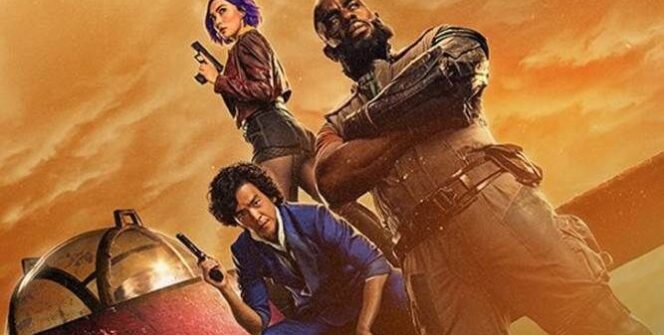
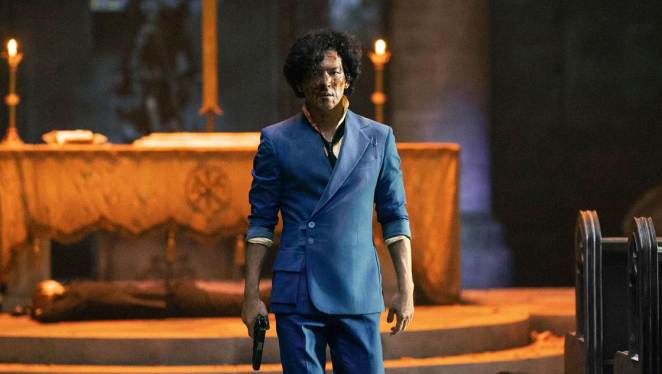
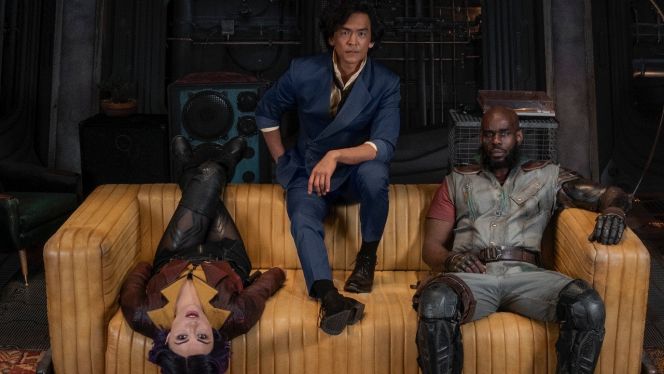
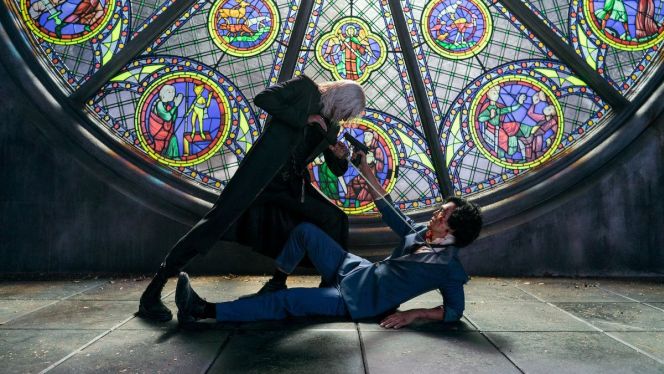

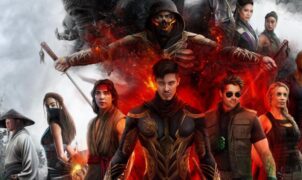
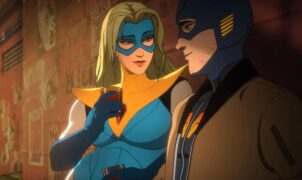

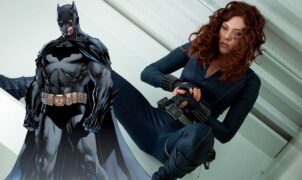

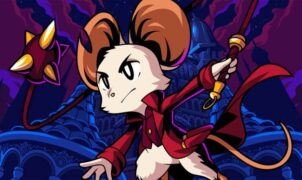
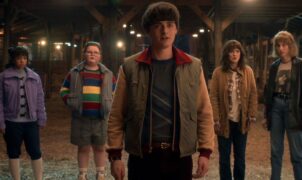

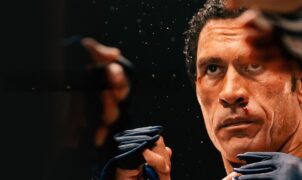
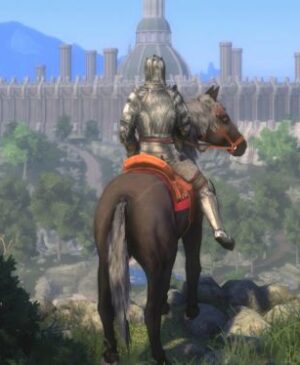



Leave a Reply